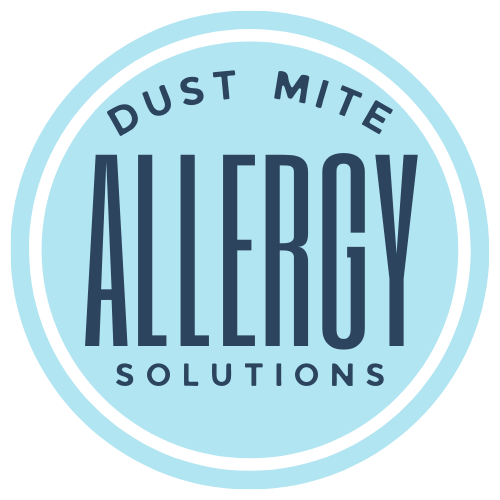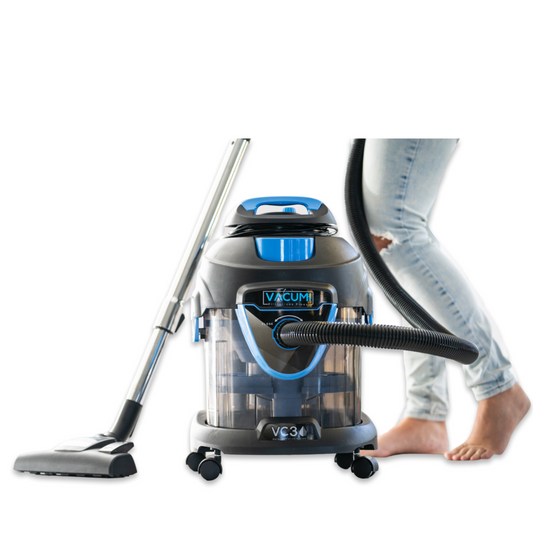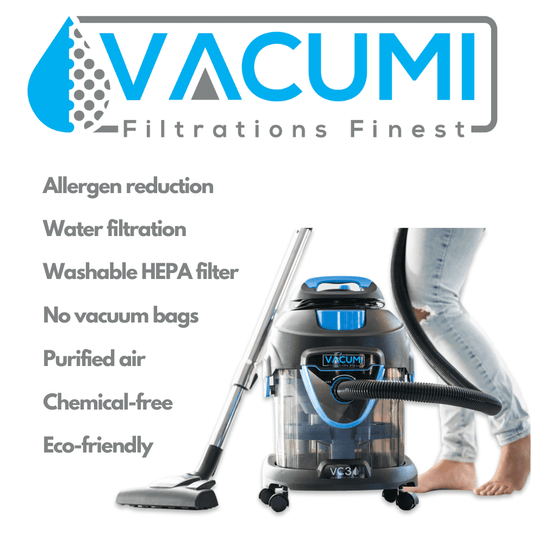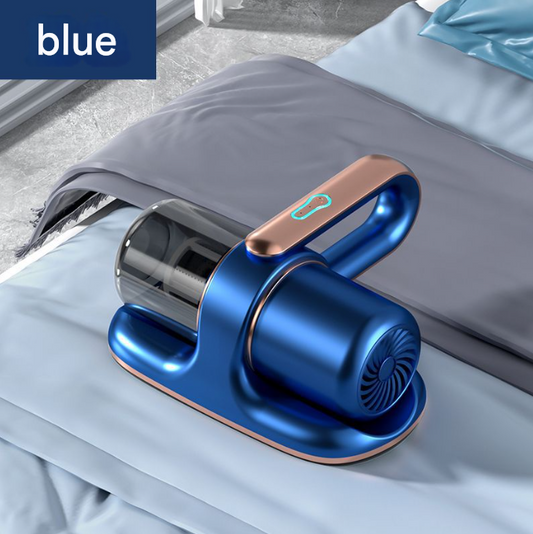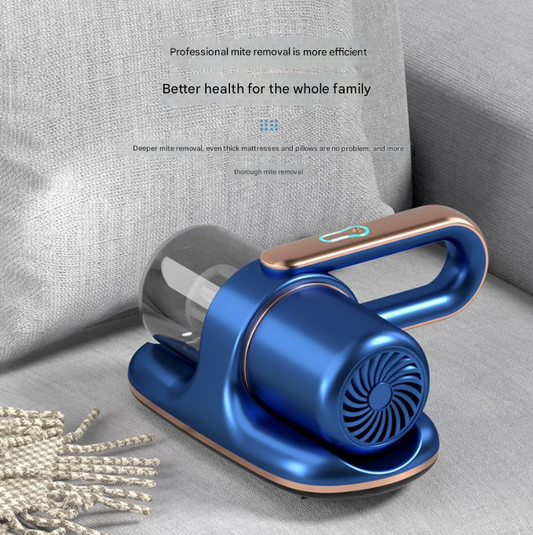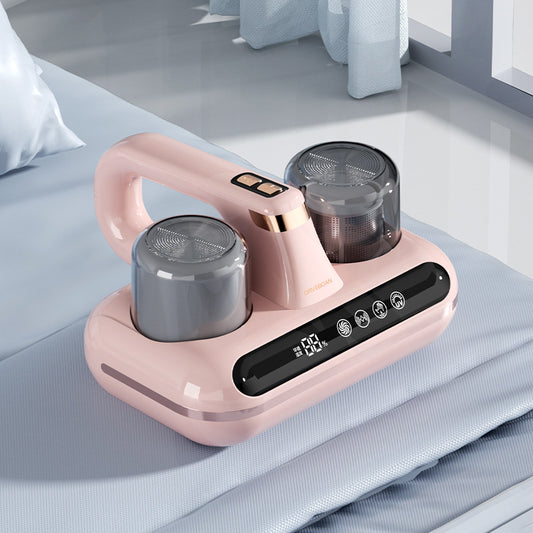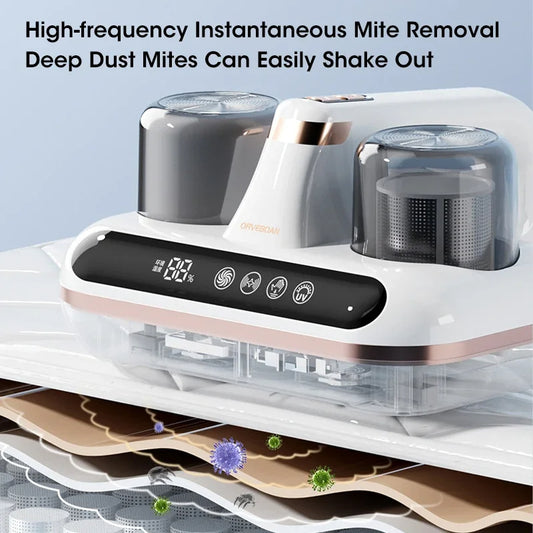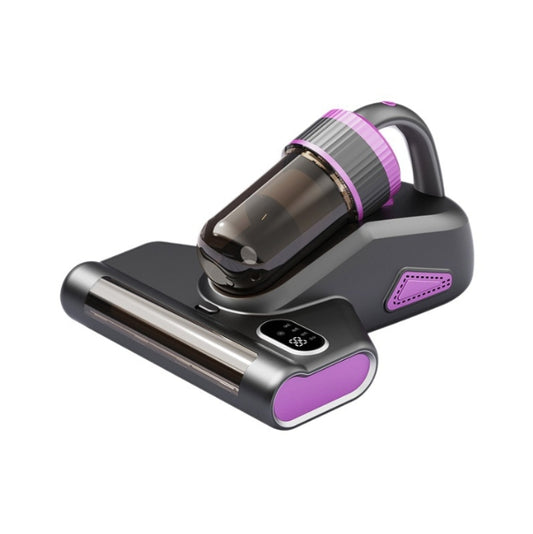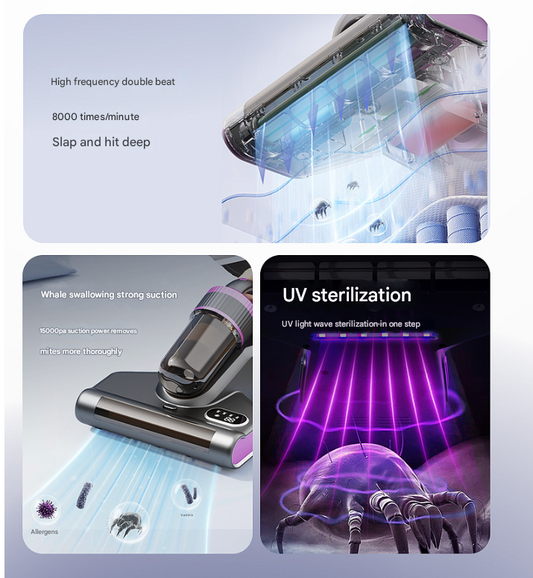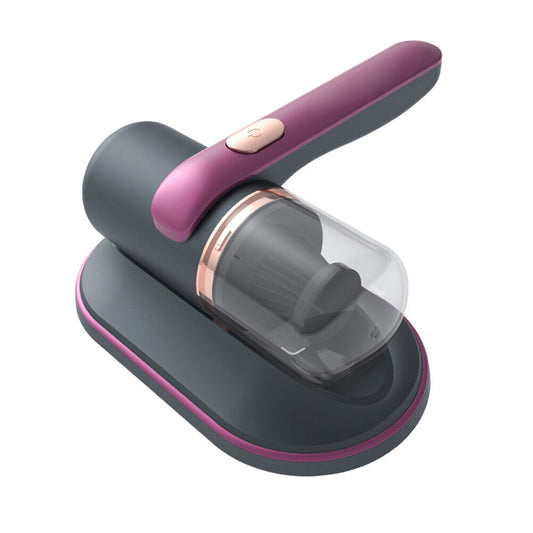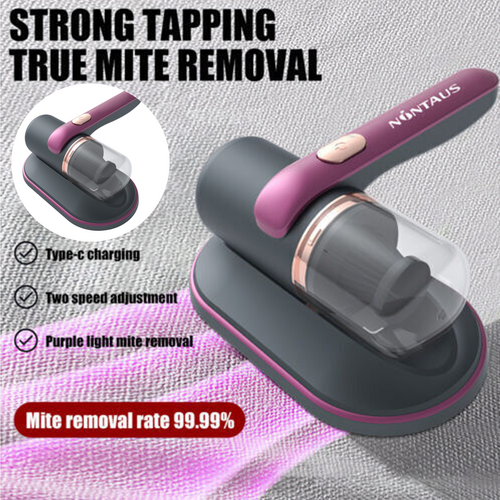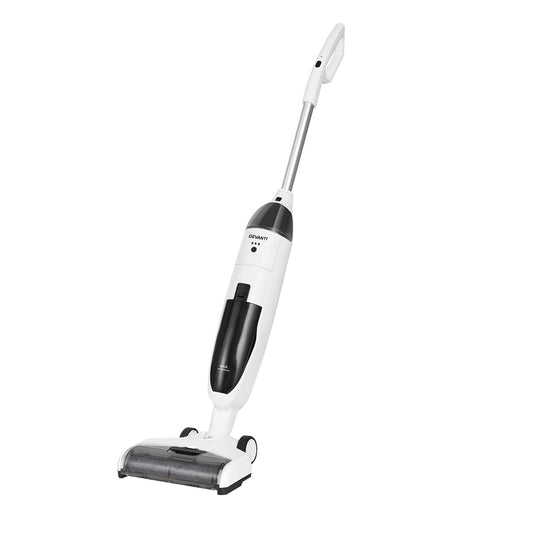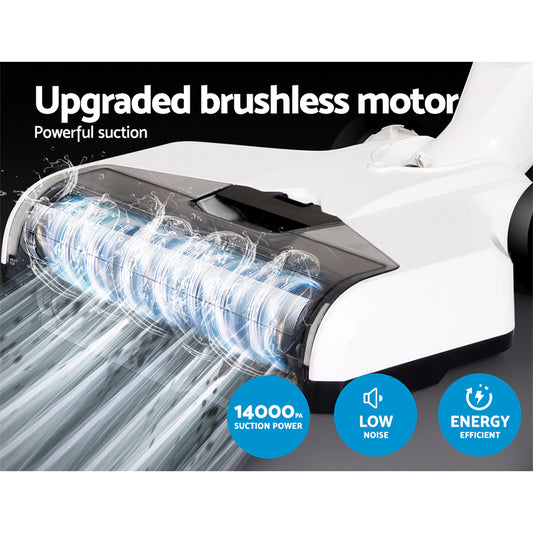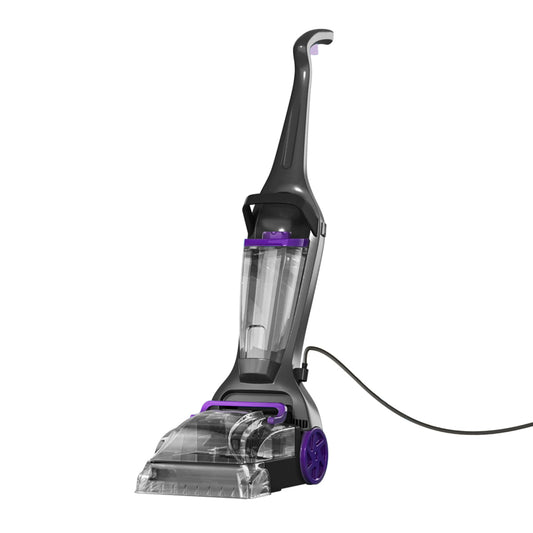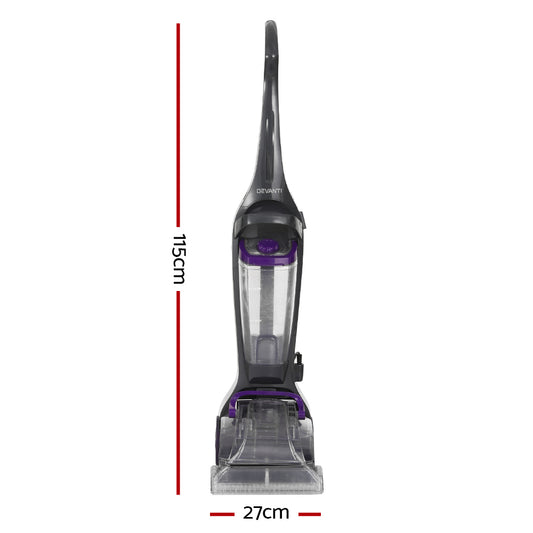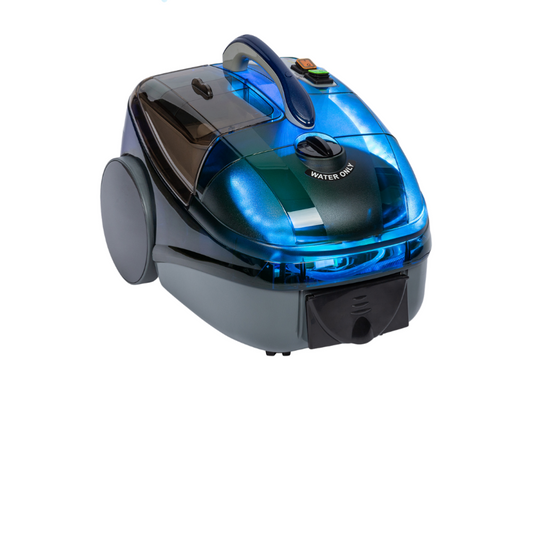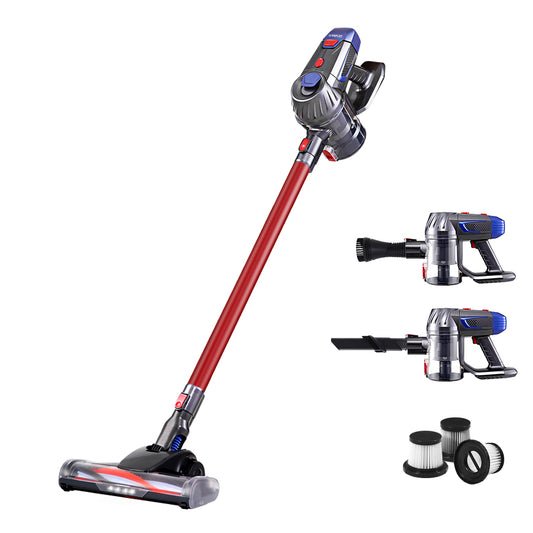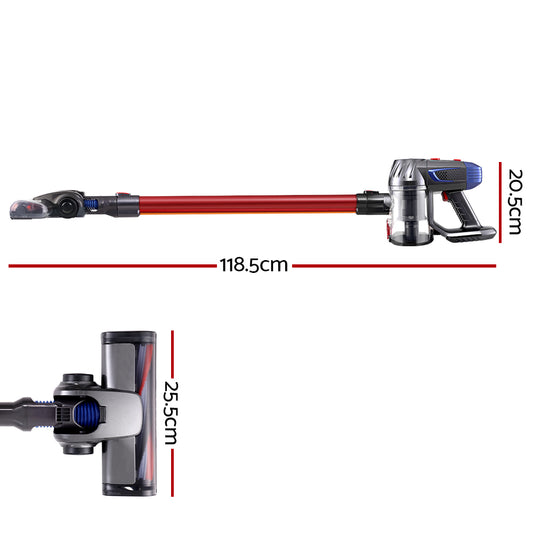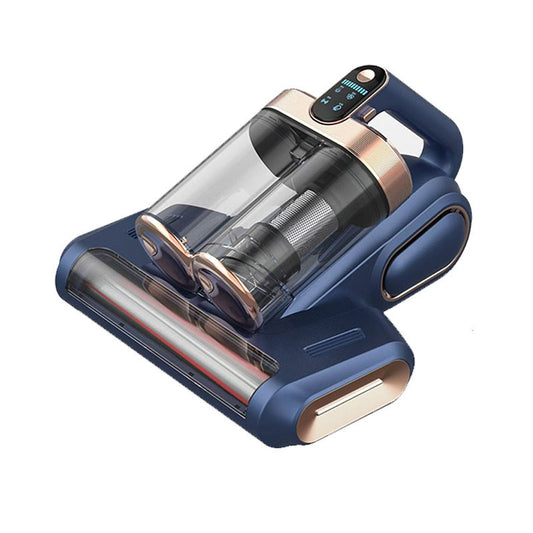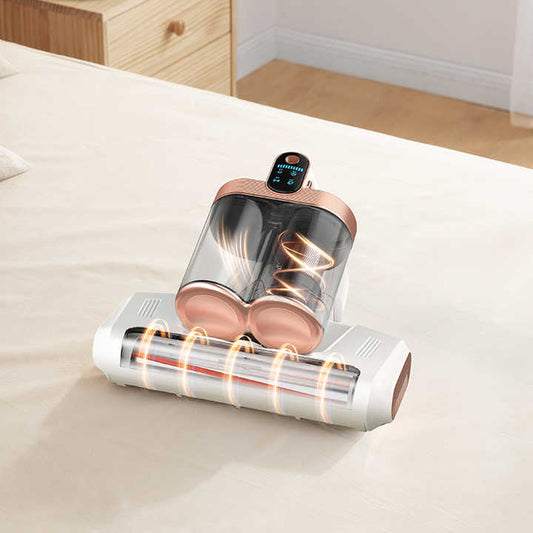-
Water Filter Vacuum I VACUMI VC3
Regular price $429.00Regular priceUnit price per$488.00Sale price $429.00Sale -
UV-C Dust Mite Vacuum I Blue I 13,000Pa Handheld Cleaner with HEPA Filtration
Regular price $109.00Regular priceUnit price per$119.00Sale price $109.00Sale -
Wireless Dust Mite Vacuum I Pink I UV Sterilisation & Humidity Display I 10,000Pa
Regular price $129.00Regular priceUnit price per -
Cordless UV-C Dust Mite Vacuum I Purple I Hot Air, Pulsating Pads & LED Display
Regular price $119.00Regular priceUnit price per -
HEPA Cordless UV-C Handheld Mattress Vacuum for Dust Mites 8000Pa Suction
Regular price $99.00Regular priceUnit price per -
Devanti 250W Handheld Wet-Dry Vacuum Cleaner with HEPA Filter & Mop
Regular price $262.00Regular priceUnit price per -
Devanti Carpet Washer Handheld Vacuum Cleaner 800W
Regular price $320.00Regular priceUnit price per -
Steam Cleaner and Vacuum SV8 Lite
Regular price $3,999.00Regular priceUnit price per -
Devanti Stick Vacuum Cleaner HEPA Filter I Red I 150W
Regular price $149.00Regular priceUnit price per -
LF-LP018 Cordless Mite Vacuum Cleaner 120W – Blue
Regular price $119.00Regular priceUnit price per$170.00Sale price $119.00Sale
How to choose the right dust mite vacuum
Collapsible content
Water filter dust mite vacuum - features and how they work
A water filter dust mite vacuum is a type of vacuum cleaner that uses water as the primary filter medium to capture dust, allergens, and other particles, including dust mites. Here's an overview of how they work and their key features:
How Water Filter Dust Mite Vacuums Work
- Suction Mechanism: Like traditional vacuums, these devices use a suction mechanism to draw in dirt, dust, and other particles from surfaces.
- Water Filtration: The key differentiator is the water filtration system. As air and particulates are sucked into the vacuum, they are passed through water. Dust, allergens, and dust mites are trapped in the water.
- Separation of Particles: The water effectively traps these particles, preventing them from being re-released into the air. As the air passes through the water, it gets purified and then expelled back into the room.
- Regular Emptying: After vacuuming, the dirty water (which now contains the trapped particles) is discarded, and the container is cleaned before the next use.
Considerations
- Maintenance: These vacuums require more maintenance than traditional vacuums. The water container needs to be emptied and cleaned after each use to prevent mold and mildew growth.
- Weight and Maneuverability: They can be heavier and less maneuverable compared to dry vacuums, due to the water tank.
UV light dust mite vacuums - features and how they work
UV light vacuums incorporate ultraviolet (UV) light technology in addition to traditional vacuuming mechanisms. Here's a detailed look at their features and how they work:
Features of UV Dust Mite Vacuums
- Ultraviolet (UV) Light: These vacuums are equipped with a UV lamp that emits ultraviolet light. UV light is known for its germicidal properties.
- Vacuuming Function: In addition to the UV light, these vacuums also function as regular vacuums.
- Vibration or Beating Technology: Some models feature a vibrating or beating function, which helps dislodge dust mites and their waste from deep within fabrics.
How They Work
- Direct Exposure: The vacuum is used directly on surfaces where dust mites are commonly found, such as mattresses, pillows, sofas, and curtains.
- UV Light Application: As you slowly move the vacuum over the surface, the UV light exposes ultraviolet radiation.
- Vacuuming Up Allergens: Following the UV treatment, the vacuuming function removes debris from the surface.
- Filtration: The air and particles sucked into the vacuum pass through a HEPA filter, ensuring that allergens are not released back into the room.
Considerations
- Effectiveness: While UV vacuums can reduce the number of dust mites, they should be part of a broader strategy for managing allergens in the home. Regular cleaning and maintaining a low-humidity environment are also important.
- Safety: It's crucial to use the vacuum according to the manufacturer's instructions, as exposure to UV light can be harmful to skin and eyes.
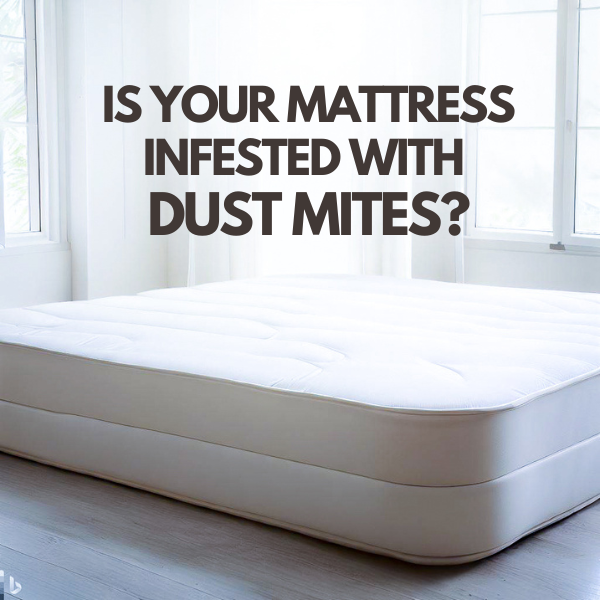
How to clean your mattress
Are you constantly sneezing and waking up with itchy eyes? The culprit could be dust mites lurking in your mattress. In this step-by-step guide, you will find out out how to clean your mattress to reduce dust mite allergen load.
5 Vacuum Cleaner Features to Consider if You Suffer From Allergies
Find out how you can choose a vacuum cleaner if you suffer from allergies.
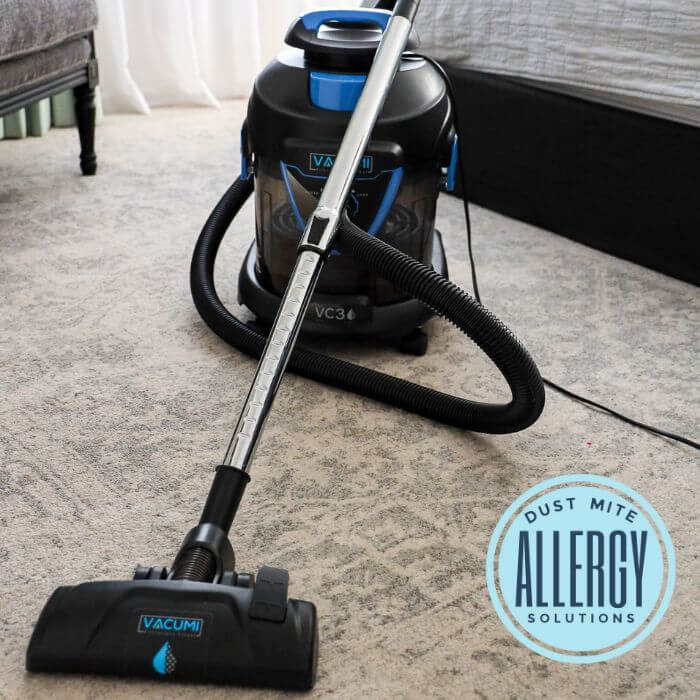
Review of water filter vacuum Vacumi VC3
Discover how water filter vacuums work, compare them to bag, stick, and HEPA vacuums, and see why they're excellent for allergies.
